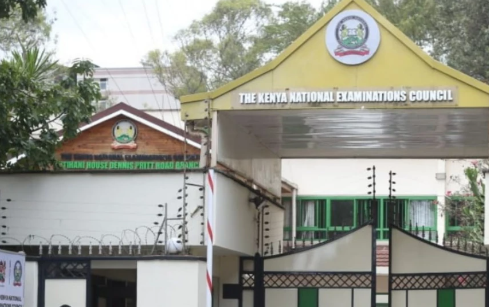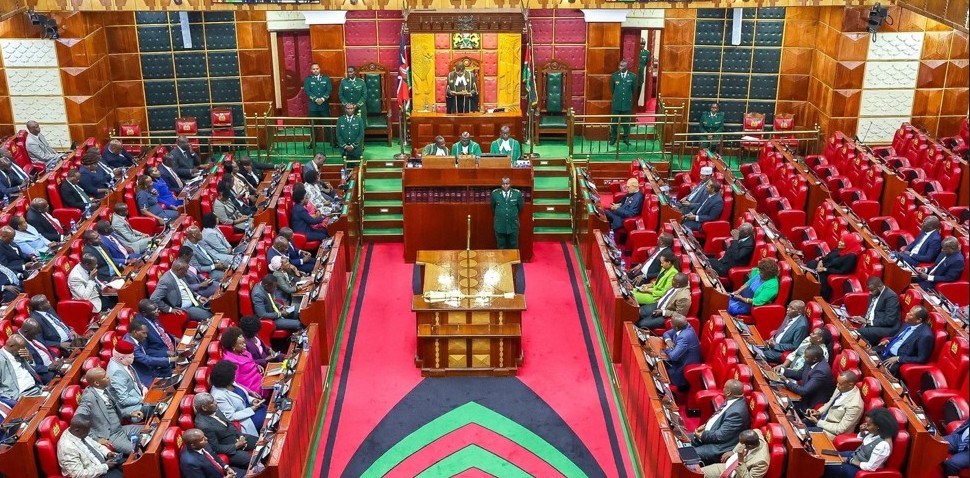Kenya to roll out national traffic accident database to curb road carnage

The database will introduce real-time reporting and analysis of crash data, helping authorities to identify high-risk roads and deploy targeted interventions.
Following the deaths of nearly 3,000 people in road crashes since January, the government has moved to set up a national traffic accident database to improve road safety management.
According to the Ministry of Interior, the database will introduce real-time reporting and analysis of crash data, helping authorities to identify high-risk roads and deploy targeted interventions.
More To Read
- Over 3,000 road crash deaths spur festive season safety crackdown
- Toilets can make Africa’s roads safer, according to this new study
- Over 4,100 killed on Kenyan roads in 2025 as NTSA rolls out new safety measures
- Experts urge revocation of all driving licenses issued in past six years over rising road crash deaths
- NTSA under fire for negligence, lax enforcement after deadly road crashes
- KeNHA approves permanent redesign of Kisumu Coptic roundabout after deadly crashes
The project is part of the Safe-System Approach to Road Traffic Safety spearheaded by the Kenya Police Service. It is being developed in collaboration with the State Departments for Roads, Transport, and ICT and is supported by the Japan International Cooperation Agency (JICA).
“We are developing a national traffic accident database and reviewing our traffic investigation and enforcement procedures,” the ministry said on Wednesday.
It noted that the system will leverage big data and digital intelligence to modernise how accidents are recorded, investigated and managed. Officials said Kenya’s lack of accurate, real-time crash data has hindered the ability to identify black spots and enforce targeted safety interventions.
“This is through the Safe-System Approach to Road Traffic Safety, which introduces big data and digital intelligence to our road safety management,” the ministry said.
Interior Principal Secretary Raymond Omollo met with JICA’s Chief Representative, Shinkawa Makoto, and Deputy Chief Representative, Satoshi Hamano, to review progress on the initiative and discuss further collaboration.
The database is also expected to help track accident patterns, assess driver behaviour and design evidence-based responses while also improving coordination among government agencies handling traffic regulation and road safety education.
The Ministry emphasised that JICA’s involvement is critical in bringing technical expertise and international best practices. Sweden, Japan and the United States have used similar data-driven models to reduce fatalities.
Sweden’s Vision Zero strategy, for example, has enabled the country to achieve one of the lowest road death rates globally, while Japan uses advanced traffic data to guide real-time planning and enforcement.
Latest figures show that 2,933 people have died between January and August 10 this year. August alone has claimed 80 lives in separate accidents, among them 26 mourners who perished when a bus overturned at the Coptic roundabout in Kisumu, and eight passengers killed after a Kenya Pipeline Company bus collided with a cargo train in Naivasha.
In response, the Ministry of Transport has deployed a multi-agency team to scrutinise accident-prone areas. The officials are reconstructing crash scenes and conducting safety audits to determine underlying causes.
Transport Cabinet Secretary Davis Chirchir said the team is expected to present recommendations within a week.
“Officials from various agencies are conducting safety audits on affected road sections to identify hazards and provide corrective measures,” he said.
The Ministry of Interior reaffirmed its commitment to reversing the road safety crisis, stressing that better technology, improved data, and enhanced inter-agency coordination will be central to saving lives on Kenyan roads.
Other Topics To Read
Top Stories Today














































